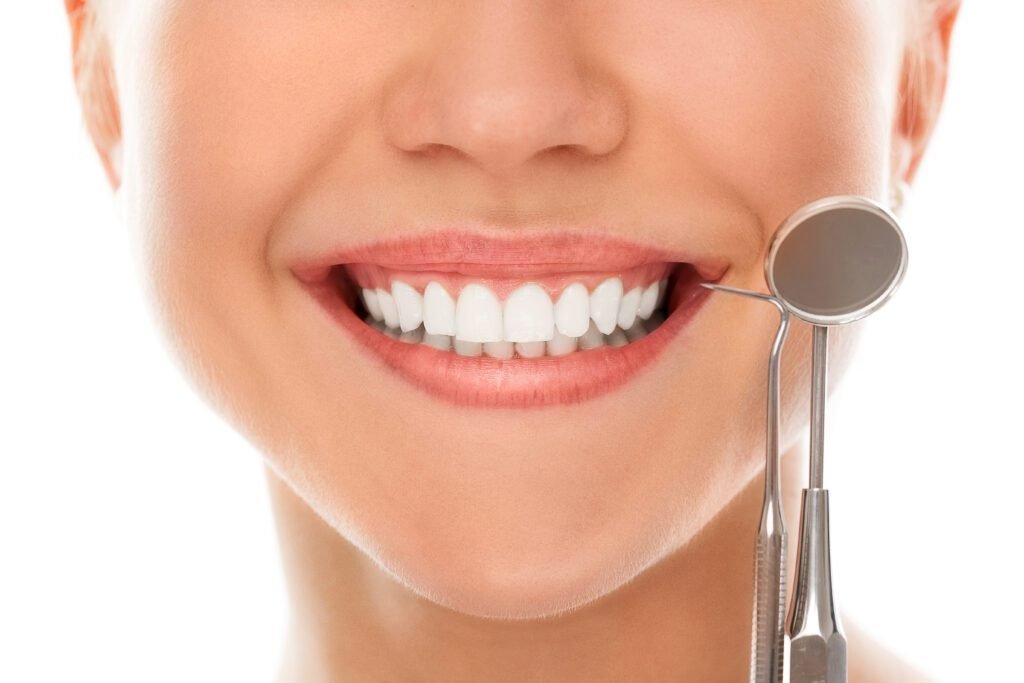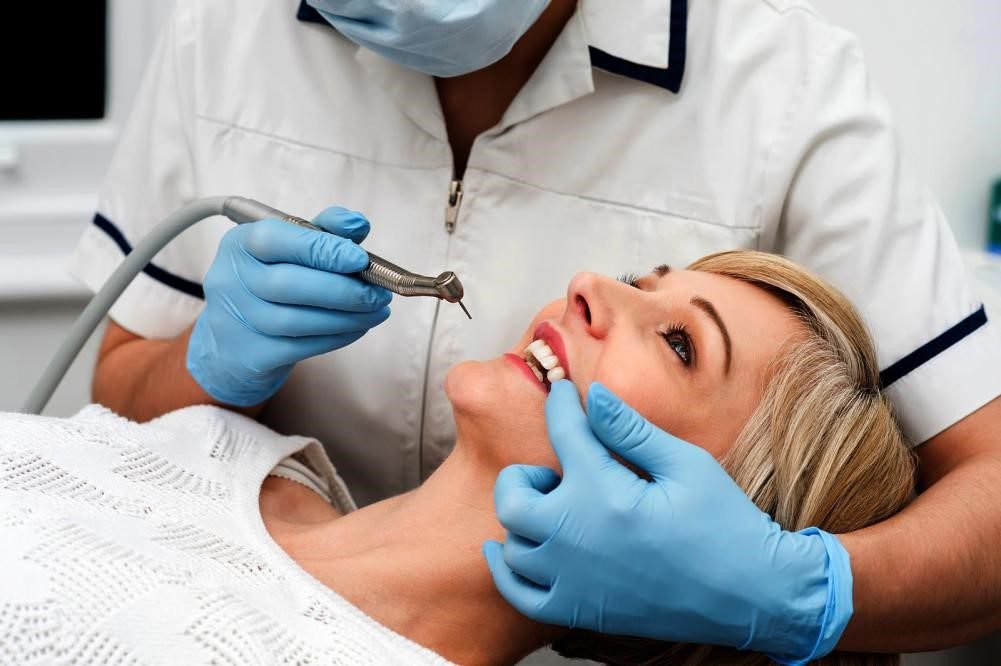Table of Contents
Diet Restrictions: Comparing the dietary restrictions associated with Invisalign and traditional braces.
Invisalign and traditional braces are both popular treatment options for correcting misaligned teeth and achieving a straighter smile. One aspect that patients often consider when making their decision is the dietary restrictions associated with each option.
With traditional braces, there are certain foods that should be avoided to prevent damage to the braces or wire. Sticky and chewy foods, such as gum, caramel, or taffy, can easily become stuck in the brackets or wires, making it difficult to clean and potentially causing damage. Hard foods, like nuts, popcorn, or hard candy, can also pose a risk of breaking the brackets or wires.
On the other hand, Invisalign offers the advantage of being removable. This means that patients can continue to enjoy their favorite foods without the worry of damaging their treatment. Invisalign aligners can be taken out during meals, allowing for more dietary freedom compared to traditional braces.
However, it’s important to note that while Invisalign aligners can be removed, they should still be worn for the recommended 20-22 hours per day to achieve optimal results. This means that patients should avoid excessive snacking or grazing throughout the day to ensure the aligners are worn for the required amount of time.
In summary, traditional braces come with more dietary restrictions due to the nature of the brackets and wires. Invisalign aligners offer more flexibility in terms of food choices but still require commitment and adherence to wearing them for the recommended amount of time each day.

Speech Impediments: Addressing any potential speech difficulties that may arise with Invisalign and traditional braces.
Invisalign and traditional braces are both effective orthodontic treatments for correcting dental misalignments. However, one concern that patients often have is the potential impact on their speech. It is important to address this issue and provide reassurance to those considering braces or Invisalign.
With Invisalign, speech difficulties are generally minimal due to the thin transparent aligners that fit snugly over the teeth. The aligners are custom-made using advanced technology, ensuring a precise fit that minimizes any interference with speech. Most patients adapt to the aligners quickly, and any speech impediments that arise are typically temporary and resolve within a few days or weeks.
On the other hand, traditional braces may cause slight speech difficulties initially as the tongue and lips adjust to the presence of brackets and wires. However, these difficulties are usually temporary and quickly resolved as the mouth adapts to the braces. It is important to note that the severity of speech difficulties can vary between individuals and may depend on the specific type of brackets and wires used.
Overall, both Invisalign and traditional braces may cause minor speech changes initially, but these tend to be temporary and easily overcome. It is important to remember that orthodontic treatment, whether with Invisalign or traditional braces, ultimately leads to improved dental alignment and a healthy, beautiful smile.
| Aspect | Invisalign | Traditional Braces |
|---|---|---|
| Initial Speech Difficulty | May experience slight lisp or difficulty pronouncing certain sounds due to the aligners. | May have difficulty with certain sounds due to the presence of brackets and wires. |
| Adaptation Period | Typically, the tongue needs time to adjust to the presence of the aligners, and speech may normalize after a few days. | There is an adaptation period where the tongue adjusts to the presence of brackets and wires, and speech may improve over time. |
| Maintenance | Regular cleaning of aligners is required to prevent odor and bacterial buildup, which may affect speech if neglected. | Braces require careful cleaning to prevent food particles from getting trapped, which may affect speech and oral hygiene if not maintained properly. |
| Impact on Clarity | Invisalign aligners are relatively clear and may have minimal impact on the clarity of speech. | Traditional braces, especially metal ones, may slightly affect speech clarity due to the presence of brackets and wires. |
| Adjustments and Tightening | Aligners are changed every few weeks, which may lead to minor adjustments in speech patterns as the mouth adjusts to the new aligners. | Regular adjustments and tightening of braces may temporarily affect speech as the mouth adapts to the changes. |
| Emergency Situations | In case of a lost or broken aligner, speech may be affected until a replacement aligner is obtained. | Broken wires or brackets may lead to discomfort and temporary changes in speech until repairs are made. |
| Final Outcome | Once treatment is completed, speech patterns generally return to normal with no lasting effects. | After braces are removed, speech typically returns to normal, although it may take a short period for the tongue to adjust to the absence of brackets and wires. |
Orthodontic Expertise: The importance of selecting a qualified orthodontist for your Invisalign or traditional braces treatment.
When it comes to orthodontic treatment, it is crucial to select a qualified orthodontist who has the expertise to provide the best care for your Invisalign or traditional braces treatment. While many dental professionals can offer orthodontic services, choosing a specialist in orthodontics ensures that you receive the highest level of expertise and specialized knowledge.
Orthodontists undergo additional years of education and training beyond dental school to focus specifically on orthodontic treatment. They have a deep understanding of dental and facial growth, as well as the mechanics of teeth movement. This specialized knowledge allows them to create customized treatment plans tailored to your specific needs, ensuring optimal results.
Furthermore, qualified orthodontists have access to the latest advancements in orthodontic technology and techniques. They stay up-to-date with the latest research and attend continuing education courses to enhance their skills and knowledge. By choosing a qualified orthodontist, you can have confidence knowing that your treatment is based on the most current and effective methods available.
Overall, selecting a qualified orthodontist for your Invisalign or traditional braces treatment is of utmost importance. Their expertise, specialized knowledge, and access to the latest advancements in orthodontics will ensure that your treatment journey is smooth, efficient, and yields the best possible results for your oral health and smile.

Cost Consider
When considering orthodontic treatment options such as Invisalign and traditional braces, one crucial factor to take into account is cost. The cost of orthodontic treatment varies depending on various factors, including the severity of the dental issues, the length of treatment, and the geographical location.
In general, traditional braces tend to be more affordable compared to Invisalign. Traditional braces are made from metal brackets and wires, which are usually more cost-effective to produce. On the other hand, Invisalign involves the use of custom-made aligners that are removable and virtually invisible. The production and customization of these aligners contribute to the higher cost of Invisalign treatment. Additionally, the length of treatment can also impact the overall cost, as longer treatment durations may require more frequent adjustments and additional aligners.
It is important to note that the cost of orthodontic treatment should not be the sole determining factor when deciding between Invisalign and traditional braces. Factors such as treatment effectiveness, comfort, and aesthetics should also be taken into consideration. Consulting with a qualified orthodontist who can assess your individual needs and provide an accurate estimate of costs is integral in making an informed decision.
| Cost Consideration | Invisalign | Traditional Braces |
|---|---|---|
| Initial Cost | Typically higher | Lower |
| Treatment Length | Often shorter | May be longer |
| Maintenance | Requires regular replacements of aligners | Adjustments, repairs may be needed |
| Aesthetics | Nearly invisible | Noticeable metal brackets and wires |
| Comfort | Generally more comfortable | Initial discomfort, potential irritation |
| Emergency Repairs | Less likely | More likely |
| Insurance Coverage | Covered to some extent by dental plans | Covered to some extent by dental plans |
| Additional Costs | Replacement aligners, potential refinement aligners | Repairs, replacement parts |
Is Invisalign more expensive than traditional braces?
The cost of Invisalign can vary depending on factors such as the complexity of the treatment and your location. In some cases, Invisalign may be slightly more expensive than traditional braces, but it is best to consult with your orthodontist to get an accurate estimate.
Does insurance cover the cost of Invisalign or traditional braces?
Many dental insurance plans offer coverage for orthodontic treatment, including both Invisalign and traditional braces. However, coverage may vary depending on your specific insurance plan. It is recommended to contact your insurance provider to understand the extent of coverage for orthodontic treatments.
Are there any additional costs associated with Invisalign or traditional braces?
While the treatment cost generally includes the necessary appliances and visits, there may be additional costs such as X-rays, retainers, or post-treatment follow-ups. It is important to discuss these potential costs with your orthodontist prior to starting the treatment.
Can I finance the cost of Invisalign or traditional braces?
Many orthodontic practices offer financing options to help patients manage the cost of treatment. These options often include flexible payment plans or financing through third-party providers. You can inquire with your orthodontist about the available financing options.
Are there any hidden costs associated with Invisalign or traditional braces?
It is essential to have a clear understanding of the treatment plan and any potential additional costs before starting orthodontic treatment. Openly discuss the treatment fees, follow-up visits, and any other potential expenses with your orthodontist to avoid unexpected costs during your treatment journey.
Can I get a cost estimate for Invisalign or traditional braces before starting treatment?
Yes, most orthodontic practices offer complimentary consultations where you can discuss your treatment goals and get a cost estimate. During this consultation, the orthodontist will evaluate your specific case and provide you with an estimate of the total treatment cost.
Is the cost of Invisalign or traditional braces worth it in the long run?
Orthodontic treatment, whether with Invisalign or traditional braces, can have long-lasting benefits for your oral health and overall well-being. Straightening your teeth can improve your smile, enhance self-confidence, and promote better oral hygiene. Ultimately, the value of the treatment varies from person to person, and it is advisable to consider the long-term benefits when evaluating the cost.











